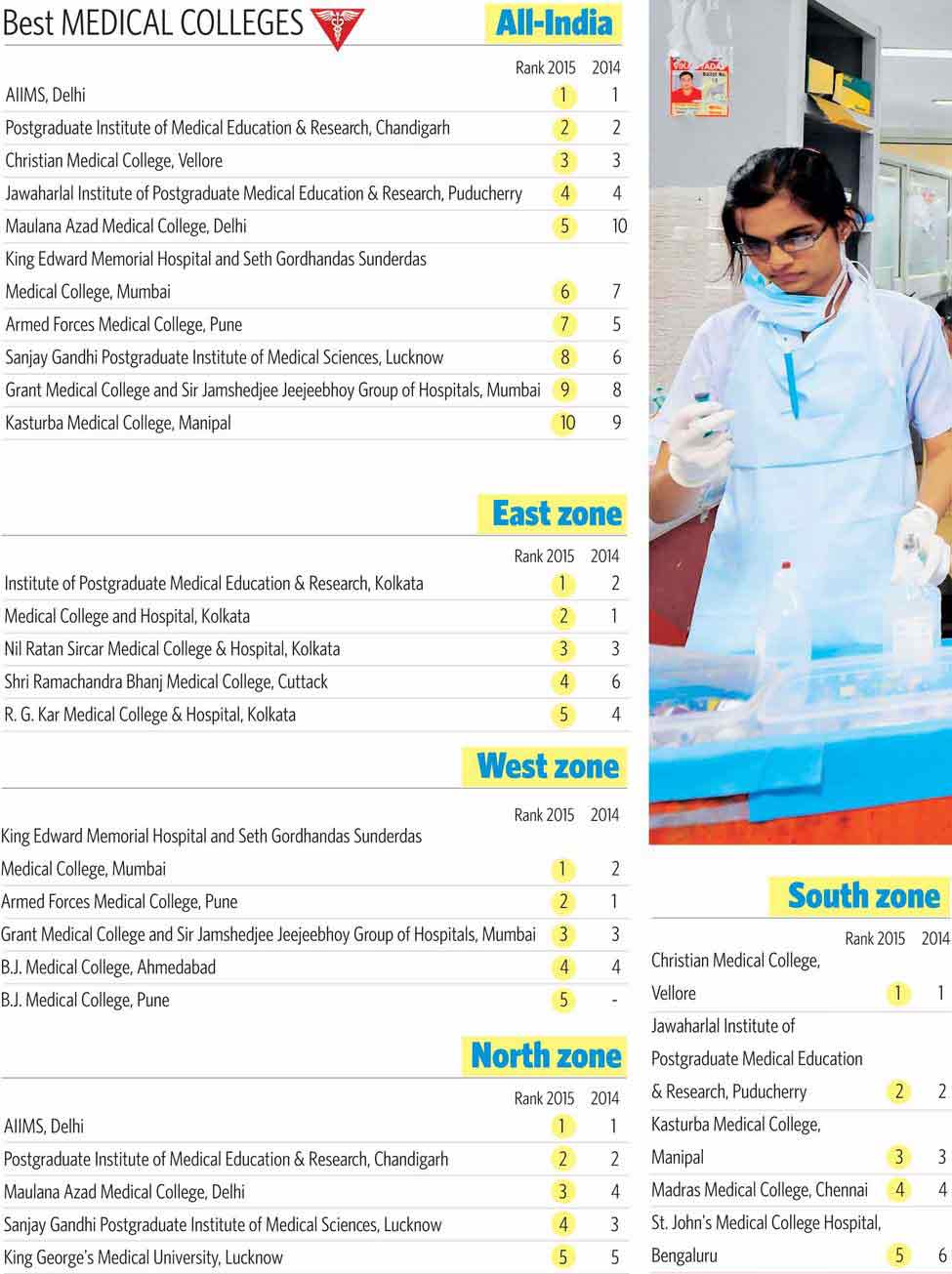One frequently asked question put to most designers in health care is, “What exactly do you do? Pick colours for the hospital walls?” But design is not just about making things look pretty. “Design is a great way of studying things. Before you even change anything, design often gives you a unique lens on something,” says Lorna Ross, director of design, Centre for Innovation, Mayo Clinic, in an interview with THE WEEK. Ross studied fashion design, but moved on to industrial design. The topic of clothing didn’t satisfy her; the process of design did. In a career spanning 20 years, she has worked in several sectors, including the United States defence department, and was a visiting faculty at the National Institute of Design in Ahmedabad in 2004. Excerpts:
What is the role of design in health care? Why is it important?
It is important because the patient has a lot of expectations—about what a service should feel like, what value should feel like and who gets to decide what’s valuable. And that is new in health care. It has a lot to do with the fact that the payment [system] has changed, especially in the United States. It used to be that the employers would buy the insurance; they would decide what was valuable. Now, more and more people are owning insurance. They get to make decisions as to what is meaningful to them. So that kind of economic shift has driven the service shift. That is one of the reasons why design is becoming more and more important in health care.
In the past, the patient was passive. So, health care cared about patients’ needs only if they were accountable for reporting on that need…. In the US, we have to report on safety, infection control and patient experience. Now, it is a legitimate indicator of success.... A lot of big business consulting firms are offering patient experience tools to hospitals to see how they measure patient experience. Safety and infection control are known quantities, people know what it looks like to control or try to control the spread of infection. But to try and curate a person’s experience is very abstract. So, that’s a big reason why design is being brought into health care.
There is a perception that design in health care is cosmetic. But there is so much more to it.
I will give an example from what we have done [at Mayo]. We have been working with obstetrics and gynaecology lately. They had a traditional model. It is very much like a diagnostic thing; it is overly medicalised.... There were these touch points to bring back the patient into the medicalised model and having that patient access our resources, which were also very expensive. And so, we were asked to look at that model and to consider ways of reducing costs.
We discovered that you can divide your patients into ones that are first-time pregnancies that had a certain level of anxiety or uncertainty. But as you start to think about people who are second, third or fourth time pregnant, them coming back to this model was redundant because they had so much more knowledge themselves…. So, we deconstructed the care model, and there was 30 per cent reduction in operating costs…. Patients universally loved it because first of all they were acknowledged as experts. And, we gave them a lot of tools [like foetal heart monitors], and they were allowed to all that stuff at home and just report. So, we had a support network….
Design is a great way of studying things. Before you even change anything, design often gives you a unique lens on something. Design is a very strong diagnostic tool.
What’s the future of design in health care?
I think it will be whatever happens with the economics of medicine. If health care continues to be expensive and exclusive, design will become a more and more bad market. But if people can get access to it, then we will be designing products that will help people deliver care for themselves and their loved ones. So, I think we would need tools to decentralise aspects of health care. And, design is going to be about creating those tools. It is going to be about the capacity to take health care out of institutions and make it more personal and more accessible.






